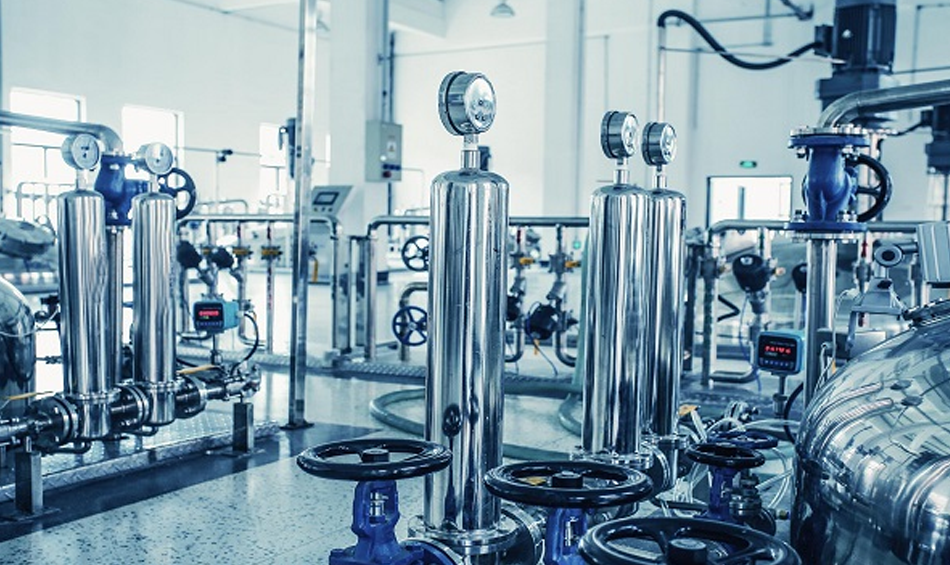TRAINING DESCRIPTION
This training typically includes theoretical lectures, hands-on exercises using simulation software or actual control systems, and case studies to provide practical insights into real-world applications. It covers introduction to control algorithms and programming. Participants learn about Two Position controllers, proportional-integral-derivative (PID) control, tuning methods, and loop optimization techniques. They gain hands-on experience in configuring control algorithms in controllers and programming logic for process control applications. Understanding of different multi-element control system such as Cascade, Ratio, Feedforward, Auctioneering, and many more will be covered. By the end of the training, individuals should have the skills and knowledge necessary to design, operate, troubleshoot, and optimize industrial process control systems effectively, contributing to improved process performance and productivity.
TRAINING PREREQUISITES
To successfully complete this course, the following prerequisites are required:
- Experience in operating a computer within a Microsoft windows environment.
- Understanding of the fundamental principle of electricity
- Understanding of basic electrical troubleshooting
- Understanding of Basic Process Variable Measurement and Calibration
TRAINING AGENDA
SECTION 1: Introduction to Process Control
- Definition
- Function of Process Instruments
- Process Characteristics
- Process Disturbance
SECTION 2: Principles of Configuration
- MODBUS
- HART
- PROFIBUS
SECTION 3: Control Strategy
- Two Position Control
- Proportional Control
- Proportional + Integral Control
- Proportional + Derivative
- Proportional + Integral + Derivative
SECTION 4: Multi-Element Control System
- Cascade
- Ratio
- Auctioneering / Selective
- Feed forward
MODULE 5: Final Control Element

